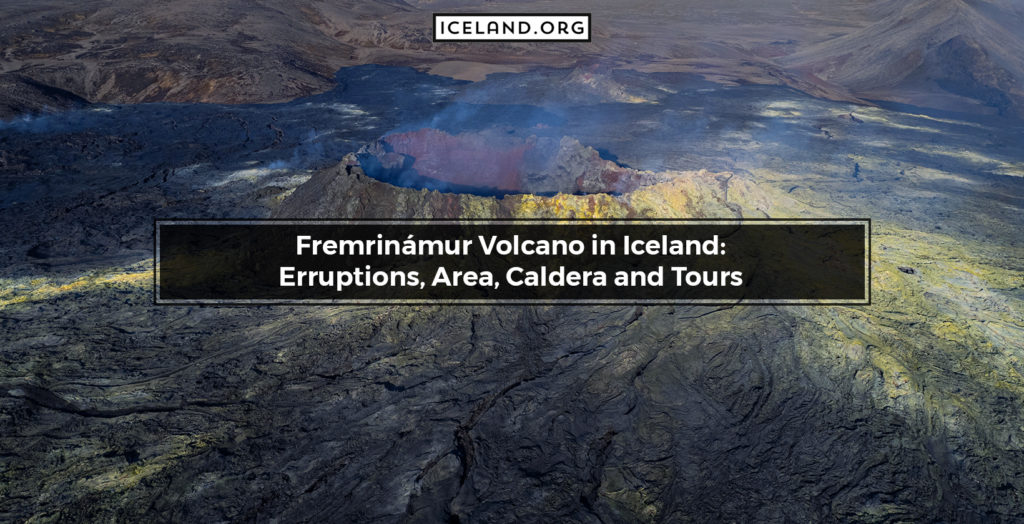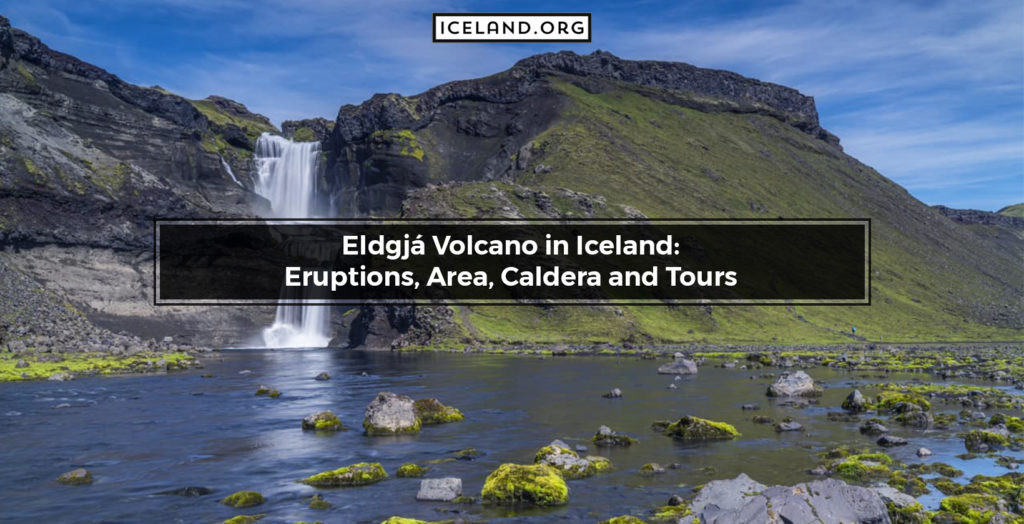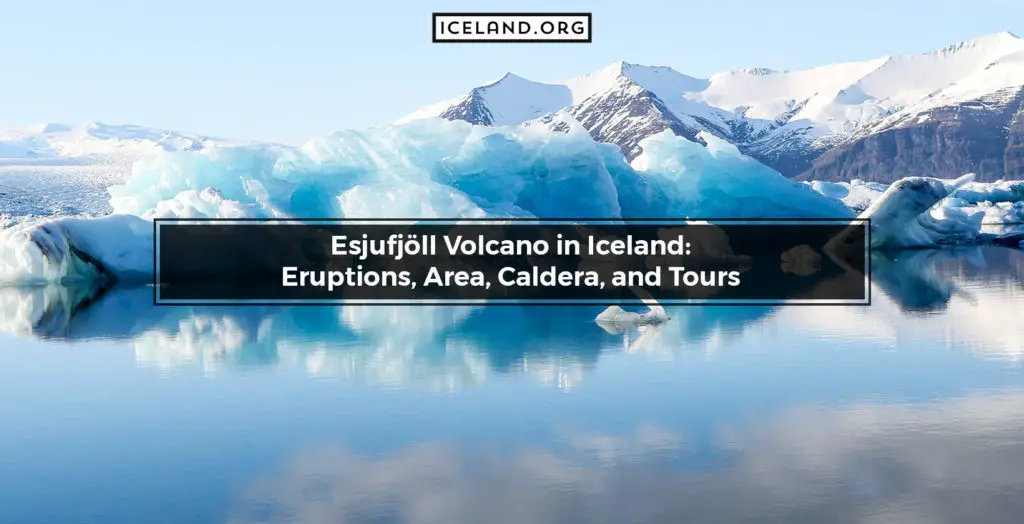Brennisteinsfjöll Volcano (known as Sulfur Mountains) is one of the well-known volcanoes in Iceland. Brennisteinsfjöll is a small volcanic system that consists of several shield volcanoes with crater rows. Brennisteinsfjöll covers an area of 280 square kilometers and is 45 kilometers long and 10 kilometers wide. Although inactive, Brennisteinsfjöll is still a popular landform and a frequent destination for tourists.
Where is the Location of Brennisteinsfjöll Volcano in Iceland?
Brennisteinsfjöll Volcano in iceland is situated in the southwest of the country on the Reykjanes Peninsula. The geographic coordinates of Brennisteinsfjöll are 63.9233° N, 21.8128° W.
When did Brennisteinsfjöll Volcano Erupt last time?
The last eruption of Brennisteinsfjöll occurred in 1341, but today, the volcano is inactive. In the past, Brennisteinsfjöll was a very active volcano with between 30 and 40 eruptions during the Holocene and ten since the country’s settlement.
What are the Features of the Volcano of Brennisteinsfjöll?
Brennisteinsfjöll is one of the four volcanic systems that form the Reykjanes Volcanic Belt. Unlike most volcanic systems, it does not include a central volcano. Its main features are the Stóra Eldborg crater row in the south and the Nyðri Eldborg crater row in the north.
Is Sulfur Mining Available in Brennisteinsfjöll?
Yes, in fact, the name of the volcano translates to Sulfur Mountain. However, today sulfur mining is not a primary option. The mineral was mined until the 1880s. The sulfur was accumulated under a lava slope, and miners had to cut through the lava to extract the sulfur deposits.
What are the Tours for Brennisteinsfjöll Iceland?
Tours for Iceland often include trips to the Brennisteinsfjöll volcano. The volcano can be hiked and is surrounded by fumaroles. Plus, the close location to Iceland’s capital makes the area a must-see destination for tourists. Hiking tours and visits to the fumaroles are of particular interest.
What are the Geothermal Areas near Brennisteinsfjöll?
The Brennisteinsfjöll geothermal area is rich in fumaroles and represents a popular destination. Because of the hostile nature of the terrain, the geothermal area can only be accessed by foot. The Brennisteinsfjöll geothermal area is around 20 kilometers away from Reykjavik.








